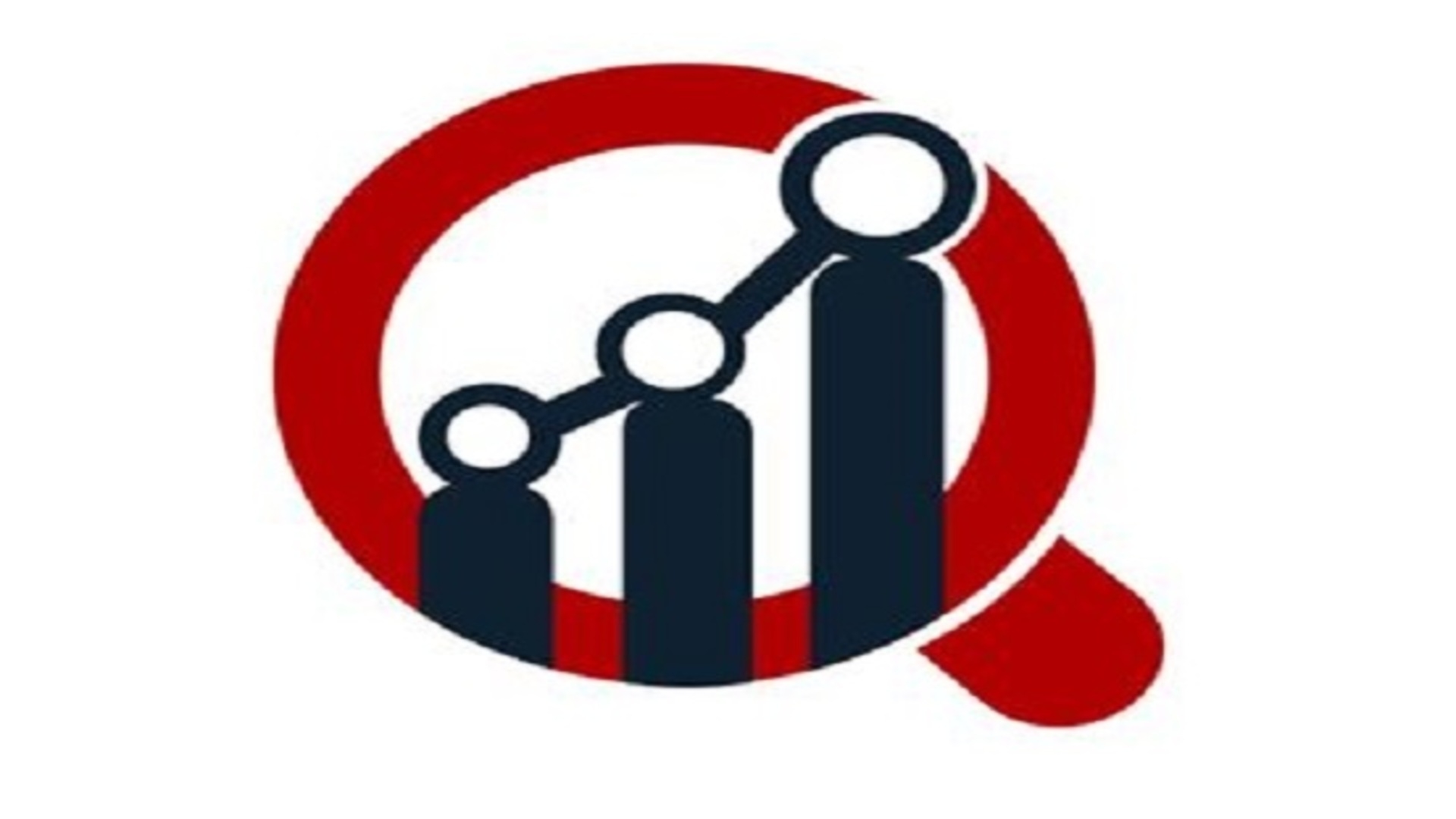Hunter Syndrome—also known as Mucopolysaccharidosis Type II (MPS II)—has long been one of the most challenging genetic disorders to treat. Affecting mostly boys, this rare but serious condition causes a harmful buildup of complex sugars in the body, leading to severe physical and neurological complications. For decades, families and patients have faced limited treatment options and a tough prognosis. But today, the landscape is changing.
Thanks to rapid advances in biotechnology and pharmaceutical innovation, Hunter Syndrome treatment is entering a promising new era. Cutting-edge therapies, improved diagnostics, and personalized care models are bringing fresh hope to those impacted by this debilitating disease. With the global Hunter Syndrome Treatment Market growing, investment and research are accelerating like never before.
What Is Hunter Syndrome?
Hunter Syndrome is a rare, inherited lysosomal storage disorder caused by mutations in the IDS gene, leading to deficiency of the enzyme iduronate-2-sulfatase. Without this enzyme, glycosaminoglycans (GAGs) accumulate in cells, tissues, and organs, causing progressive damage. Symptoms can include:
-
Skeletal deformities
-
Enlarged liver and spleen
-
Hearing loss
-
Heart and respiratory issues
-
Cognitive decline (in severe cases)
The severity and progression vary widely, making early diagnosis and tailored treatment critical.
The Traditional Treatment Landscape
Historically, treatment for Hunter Syndrome focused on managing symptoms and complications. However, the introduction of enzyme replacement therapy (ERT) marked a significant breakthrough. ERT involves regularly administering synthetic iduronate-2-sulfatase to help reduce GAG buildup and improve quality of life.
While ERT has helped many patients, it has limitations—particularly its inability to cross the blood-brain barrier, which leaves neurological symptoms largely untreated.
New Frontiers in Hunter Syndrome Treatment
Researchers are now pushing boundaries with innovative therapies aimed at addressing both systemic and neurological aspects of Hunter Syndrome:
1. Gene Therapy
Gene therapy holds promise to correct the underlying genetic defect by delivering a functional copy of the IDS gene. Several clinical trials are underway, aiming to provide a long-lasting solution with a single treatment.
2. Intrathecal Enzyme Replacement
To overcome the blood-brain barrier challenge, intrathecal ERT delivers enzymes directly into the cerebrospinal fluid, targeting neurological symptoms more effectively.
3. Substrate Reduction Therapy (SRT)
SRT works by reducing the production of GAGs in the body, complementing ERT and potentially slowing disease progression.
4. Combination Therapies
Combining multiple approaches, such as ERT with gene therapy or SRT, is being explored to maximize patient outcomes.
The Growing Market and Research Momentum
The Hunter Syndrome Treatment Market is expanding rapidly, driven by:
-
Increased awareness and earlier diagnosis through newborn screening
-
Regulatory support for orphan drugs and rare disease treatments
-
Breakthroughs in gene editing and biologics
-
Rising patient advocacy fueling research funding
North America currently leads the market, thanks to advanced healthcare infrastructure and research capabilities, but interest is growing globally as well.
Challenges and Hope Ahead
Despite exciting advances, challenges remain. The rarity of Hunter Syndrome means limited patient populations for clinical trials, complicating drug development. Treatment costs can also be prohibitive, and long-term efficacy and safety data are still being gathered.
However, the surge in scientific breakthroughs combined with growing industry commitment suggests a brighter future. Early diagnosis and tailored multi-modal treatments are becoming achievable goals.
What This Means for Patients and Families
For those affected by Hunter Syndrome, the message is hopeful: new treatments mean better quality of life, longer survival, and potentially even disease modification.
Families are encouraged to seek genetic counseling, engage with specialized treatment centers, and stay informed about clinical trial opportunities. Patient support groups and advocacy organizations continue to play a vital role in education and access to care.
Final Thoughts: The Dawn of a New Era in Hunter Syndrome Treatment
Hunter Syndrome, once a near-hopeless diagnosis, is now entering a transformative phase. With ongoing innovation, increasing investment, and an expanding treatment toolkit, the future looks promising.
As the Hunter Syndrome Treatment Market grows, patients and clinicians alike are hopeful that the next decade will bring treatments that not only manage symptoms but fundamentally alter the course of the disease.
